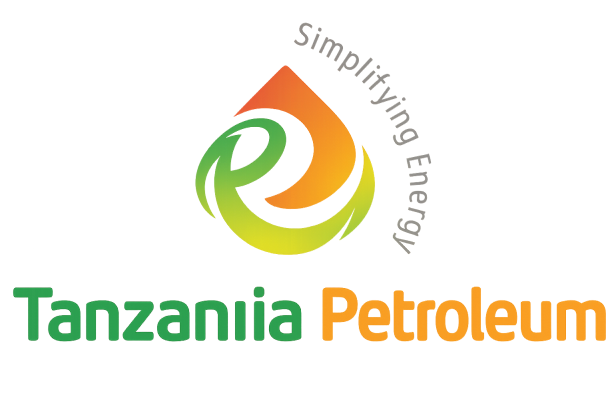The race for LPG as a clean cooking energy source in Tanzania has gained momentum. Just 10 years ago, LPG for cooking was seen as a luxury for the rich. As the government gears up for a clean cooking campaign, imports are rising, cylinders are being distributed at subsidized prices, and private investors are lining up to build new storage and distribution infrastructure.
Read:Pre-feasibility Report For Starting LPGas Refilling Plant in Tanzania
Recent data from the Energy and Water Utilities Regulatory Authority (EWURA) shows that LPG imports climbed to around 403,638 mtric tonnes in 2023/24, compared with 293,167 metric tonnes a year earlier — an increase of nearly 38 percent.
Read also: A Sample business plan for an LPG Plant in Tanzania or Africa
This surge is a direct result of policies that promote clean cooking as an alternative to wood fuels, especially the implementation of the government directive requiring public and private institutions serving food to over 300 individuals each day to cease using firewood and transition to cleaner cooking energy sources by January 2024.
Cylinders on the move.
The most visible sign of this policy shift is the massive rollout of subsidised cylinders. The government aims to distribute 452,445 LPG cylinders at subsidized prices across all regions of the country.
Despite the progress, Tanzania’s LPG consumption per person remains low — estimated at only 2–3 kilograms a year. Compare this with Kenya, where official figures put per-capita use at about 7.9 kilograms in 2024/25. That gap tells the story of where Tanzania could be heading. Even reaching half of Kenya’s level would mean a massive increase in national demand.
Big bets on infrastructure.
On the supply side, private companies are not waiting on the sidelines. In June 2025, Petredec and its partners confirmed a new import and storage terminal in Tanga, with capacity of about 40,000 cubic metres. The project will allow large LPG carriers to dock directly and improve inland supply logistics. For Tanzania, which has long relied on Dar es Salaam port and cross-border flows, this new terminal is seen as a game-changer.
Industry insiders also mention talks around smaller depots and cylinder filling plants in secondary towns. These projects, though less publicised, are critical for reducing transport costs and ensuring reliable supply inland.
The opportunities ahead.
This momentum creates several openings. Storage facilities at ports, bulk inland depots, and cylinder filling plants are prime investment areas. The cylinder subsidy programme also creates space for private partners to step in with distribution, logistics, and retail innovations.
One of the biggest hurdles for low-income households has always been the cost of refilling a full cylinder. Here, new business models could play a role. Pay-as-you-go LPG, supported by smart meters and mobile payments, has already proven successful in parts of East Africa. Rolling out such technology in Tanzania could lower entry barriers and encourage more frequent usage.
At the same time, schools, hospitals, and small businesses represent an often-overlooked demand segment. Bundling LPG supply contracts with maintenance and training could provide steady, long-term customers.
Risks not to ignore.
Like every fast-growing sector, there are risks. The first is foreign exchange. Since LPG is fully imported, fluctuations in the shilling against the dollar can quickly change market prices. Transport bottlenecks at ports and on highways also threaten to slow down distribution. Finally, policy remains a moving target — subsidies, procurement rules, and licensing requirements could shift as the government tries to balance affordability with revenue.
Looking forward.
The story of LPG in Tanzania is only beginning. With imports rising by more than a third in a single year, with hundreds of thousands of new cylinders entering homes, and with major infrastructure projects on the horizon, the market is clearly heating up.
If Tanzania can close the per-capita consumption gap with Kenya, the industry could more than double in size over the next few years. For a country that has long struggled with deforestation from charcoal and the health impacts of smoky kitchens, that would be a transformation with economic, social, and environmental benefits.
But the race will not be won by policy alone. It will take bold investment, smarter technology, and reliable logistics to turn these early gains into lasting change.






